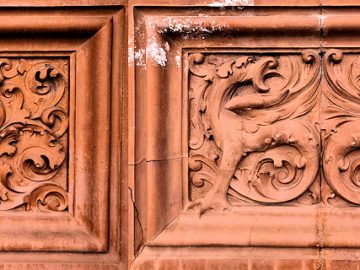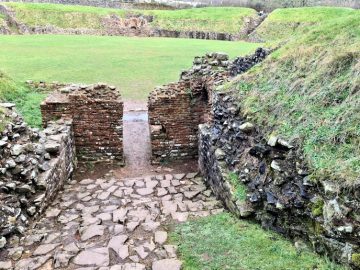If you visit Barmouth, in West Wales, you can find an amazing carved marble sculpture depicting three fishermen heaving on a rope to get their catch from the sea. Erected in 1999 it was sculpted by local Artist and fisherman Frank Cocksey, from Carrara marble and granite, and commissioned by Barmouth Council [ArtUK]. And the stone has a wonderful backstory: it is Italian marble retrieved from the nearby seabed after being lost in a shipwreck over 300 years ago [Letter from Aberystwyth]. And it’s also said that he carved it to be tactile so that visually impaired people can enjoy exploring it through touch [Free Library]. So there’s no way I would have missed the opportunity to make a quick 3D scan with smartphone photogrammetry.
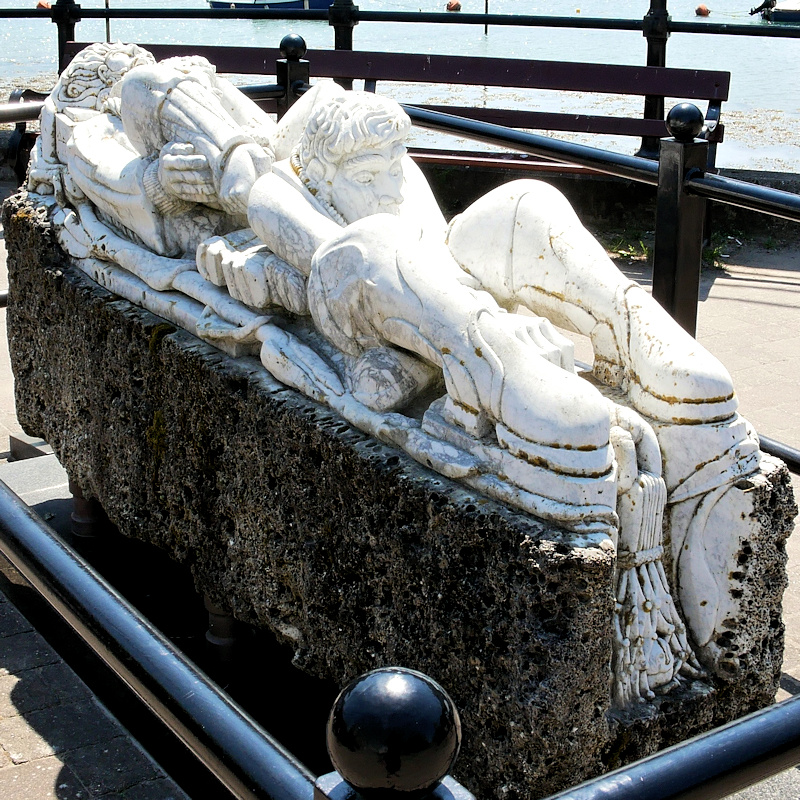
Quick summary of this 3D creation
Overview: A fan art 3D scan of Yr Llwyth Olaf (known in English as The Last Haul).
Location: Barmouth, west Wales [map].
Artist: Frank Cocksey.
Date/era: Modern, 1999.
Software used: Kiri Engine, Meshmixer, Blender.
Intended use: Digital only (textured low-polygon).
Download: Sketchfab page (non-commercial license).
The scan was created using the brilliant Kiri Engine, by uploading 108 12 megapixel smartphone images. I chose medium quality settings for the mesh and texture (a 2048×2048 pixel image) as this project was intended only for digital use. You can view the finished scan on Sketchfab below (click the play button to load the scan and move it around).
A number of PC programs were used to make the finished scan. To start off I used Meshmixer to orient and trim the mesh, simply because I find the plane-cutting tool very quick and easy. The texture image was then enhanced in Paint Shop Pro 2023 and the mesh decimated, to around 10% of the original vertices, in Blender. You can see the quality of the resulting texture image and mesh below.
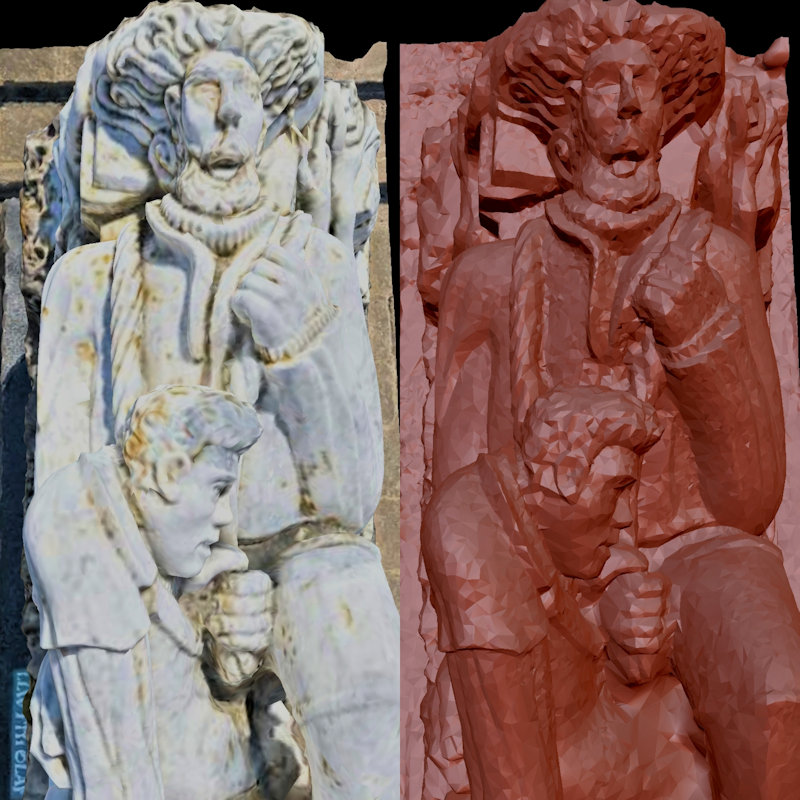
If you’re interested in the numbers, below is a table showing how many vertices and triangles the digital model had at each of three key stages. It shows just how good a job Blender does of keeping the shape of a mesh even after radically decimating it.
| Stage | Software | Vertices | Triangles |
|---|---|---|---|
| Original | Kiri Engine | 3,485,841 | 1,161,947 |
| Trimmed | Meshmixer | 2,959,116 | 986,372 |
| Decimated | Blender | 295,908 | 98,636 |
If you want to see how that compares to the full Kiri Engine 3D scan I’ve put an image below of part of that mesh. As you can see, the level of detail the photogrammetry engine achieved is very impressive and it could easily form the basis for a realistic 3D print.
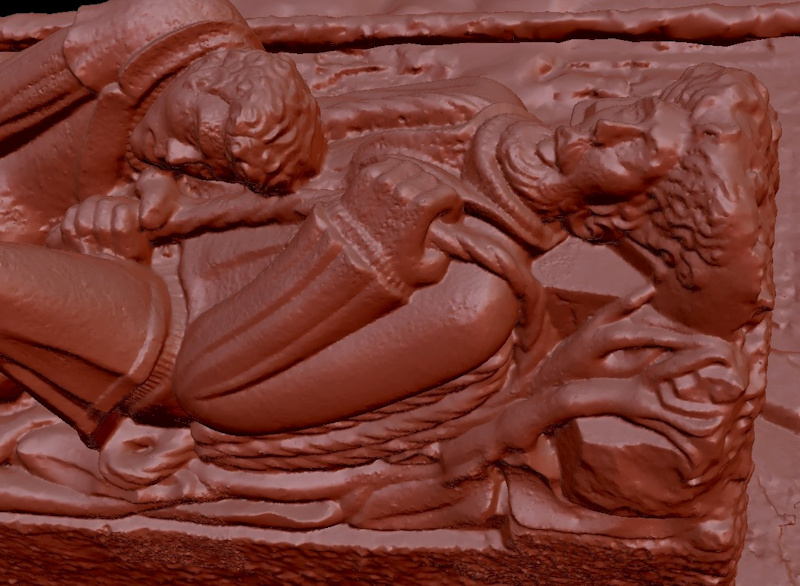
I hope you enjoyed looking at the amazing Yr Llwyth Olaf sculpture and, if you’re interested in Barmouth, maybe you can even use the digital model for some cultural or historic purposes 🙂

